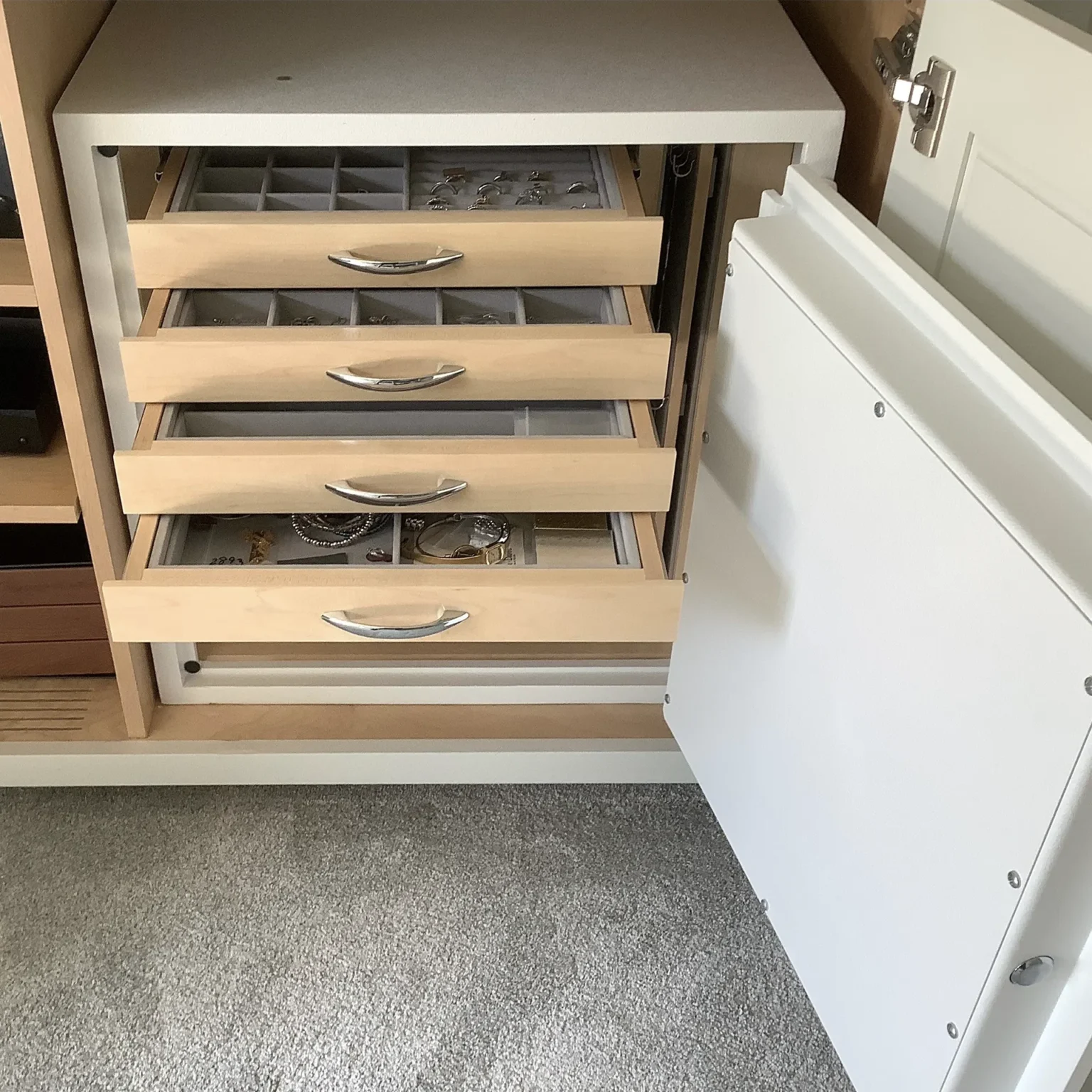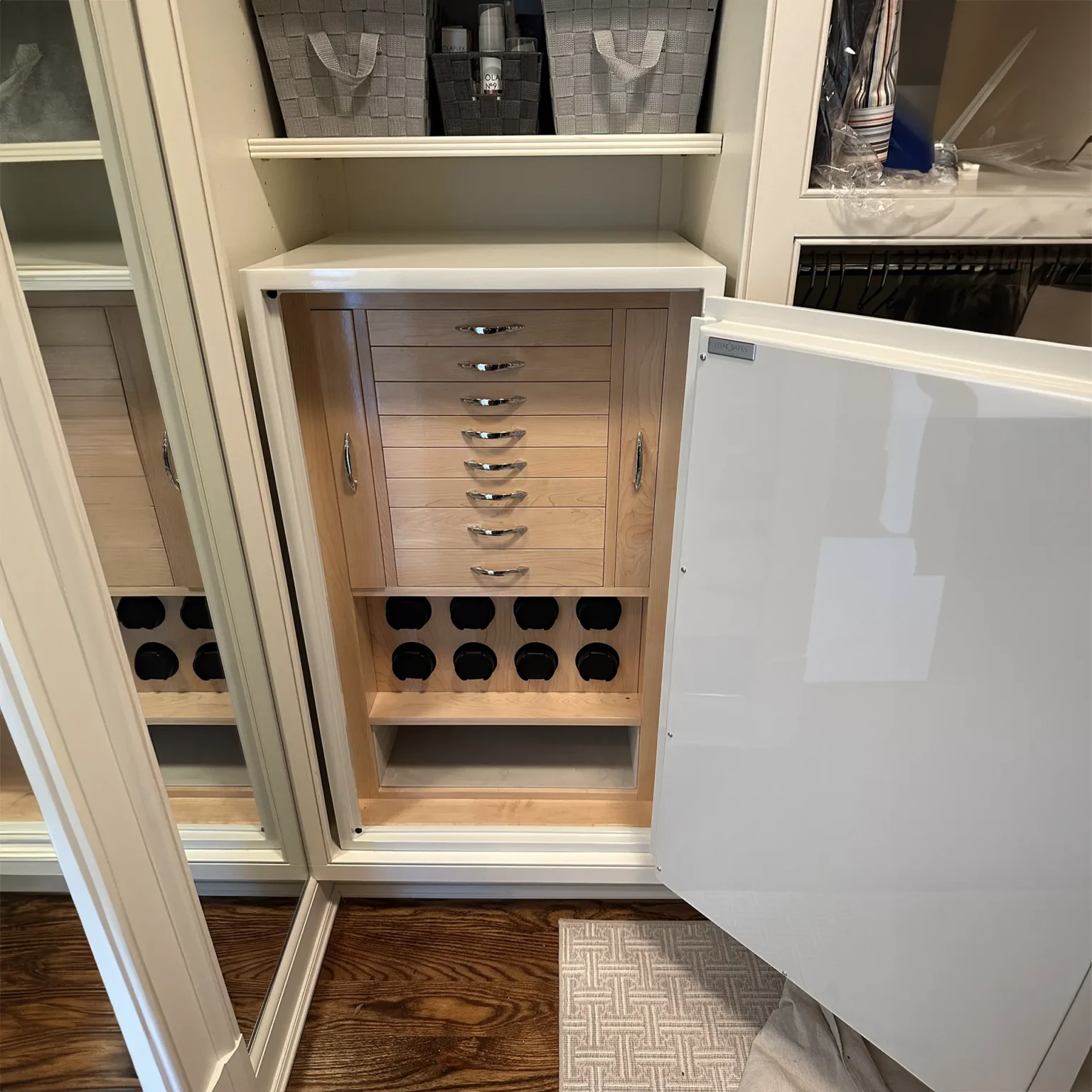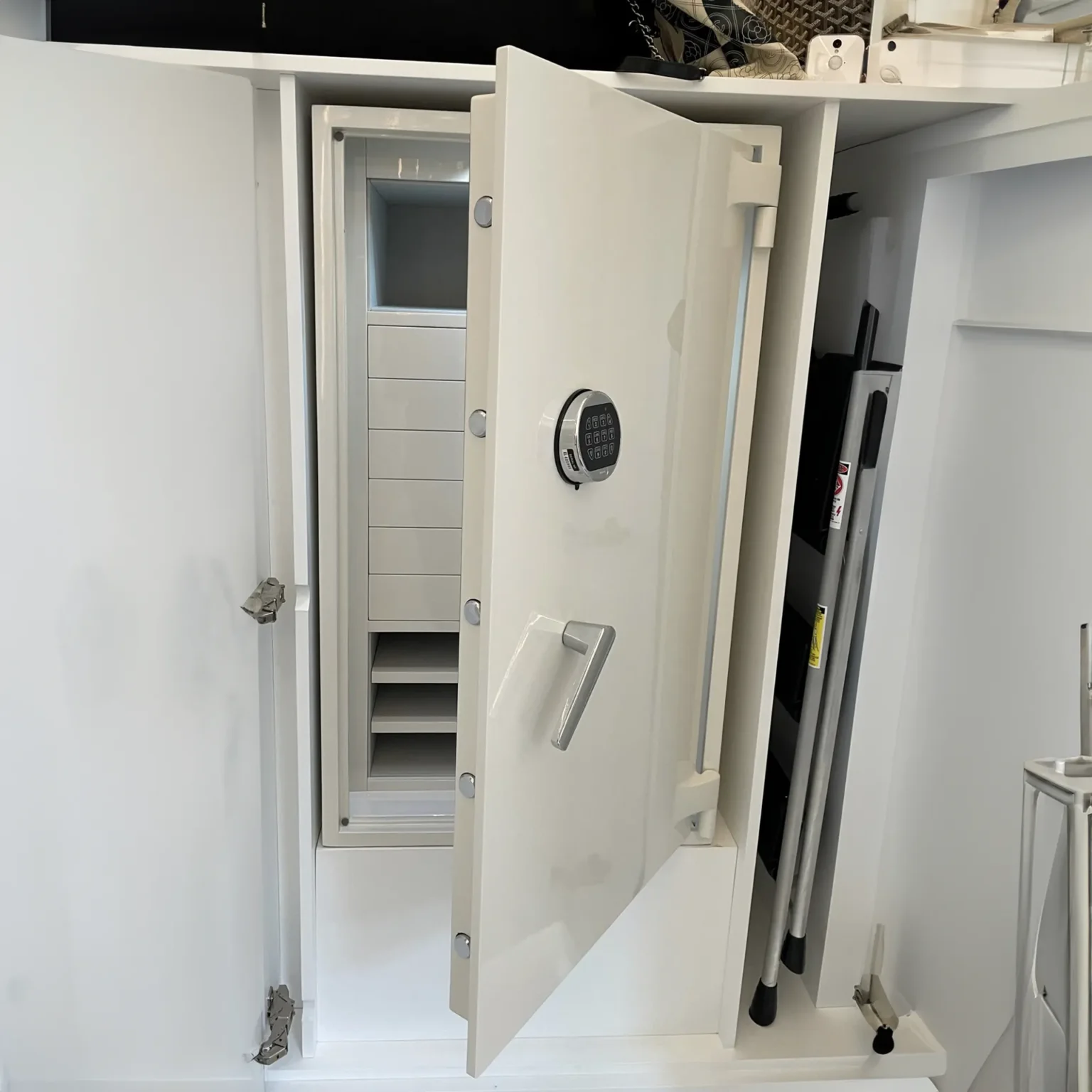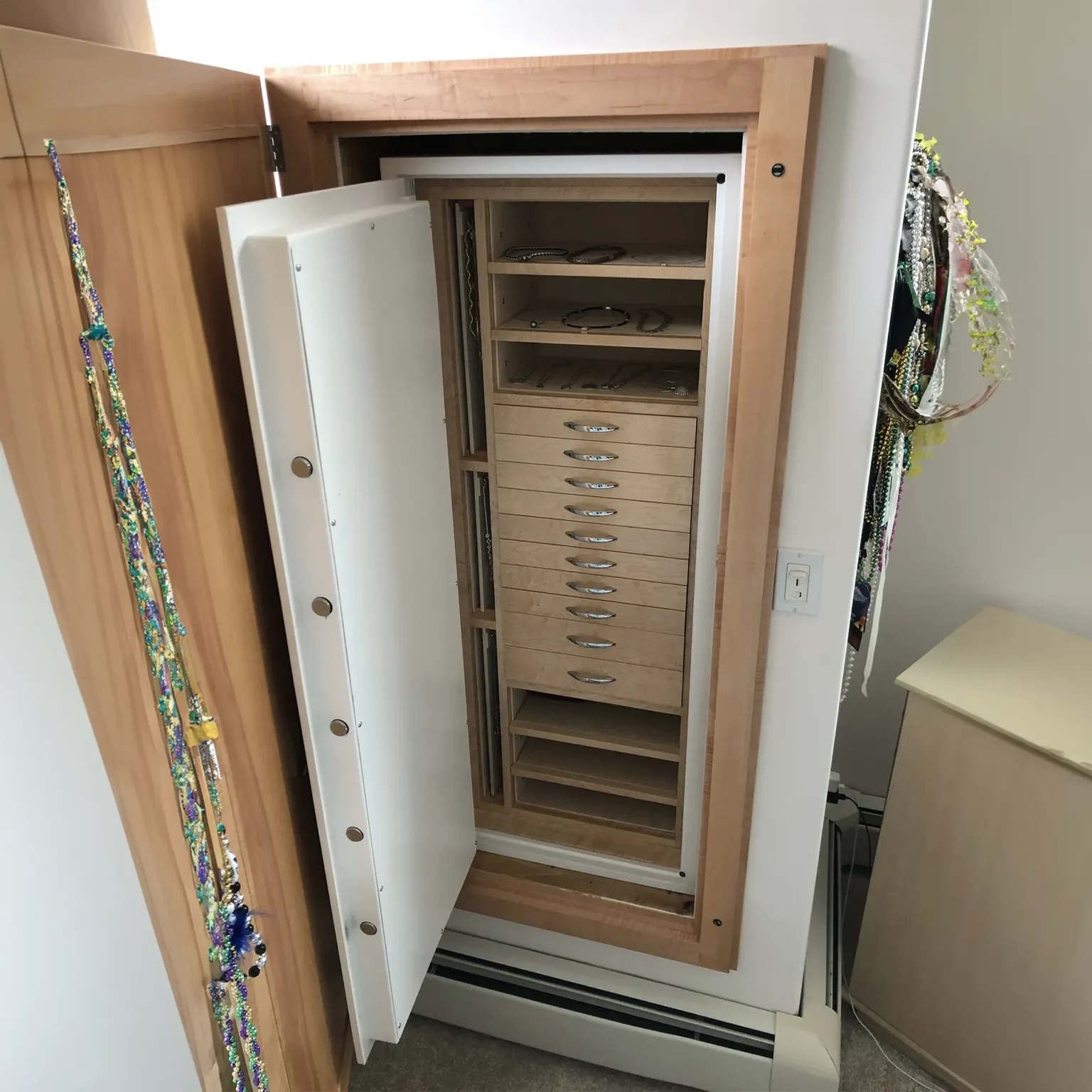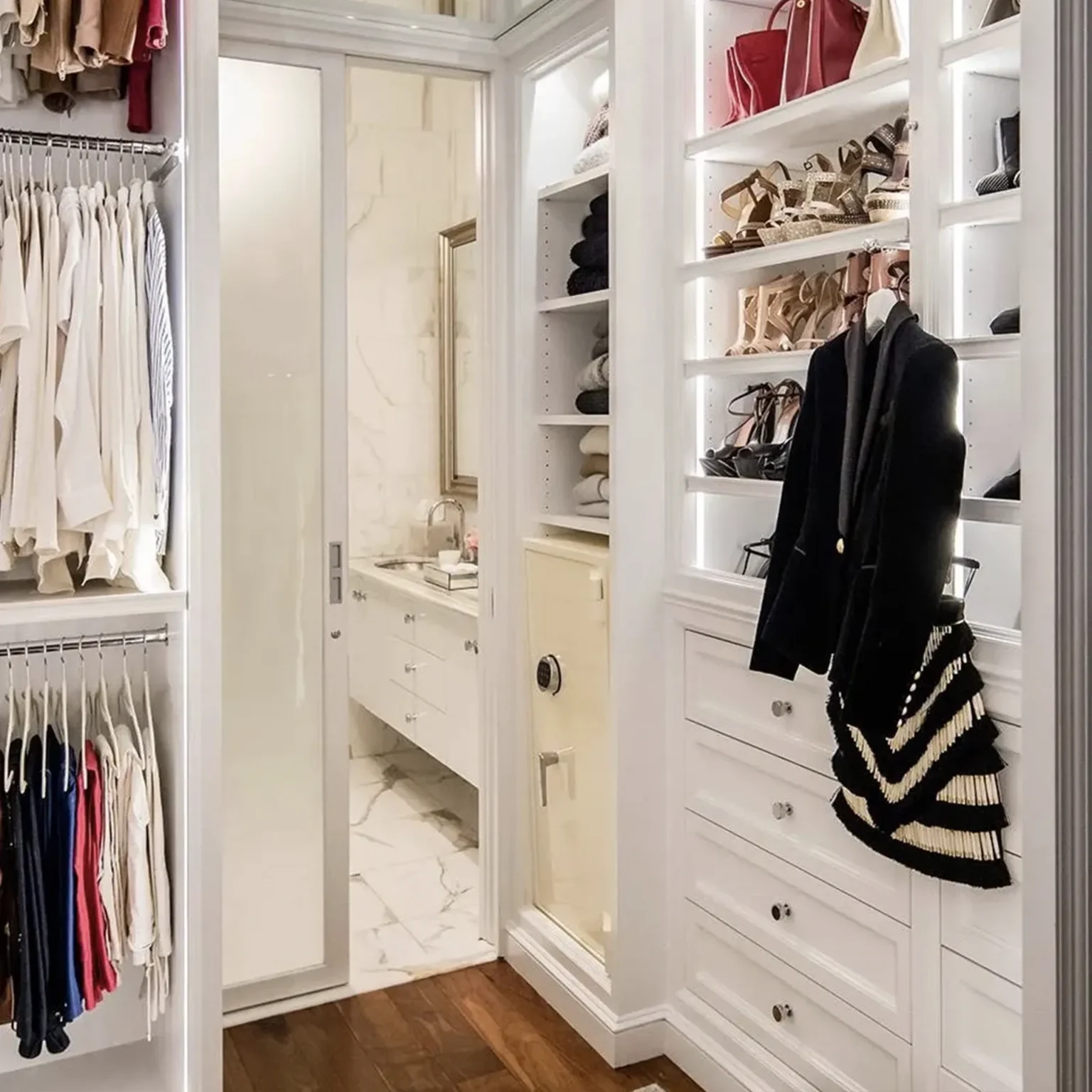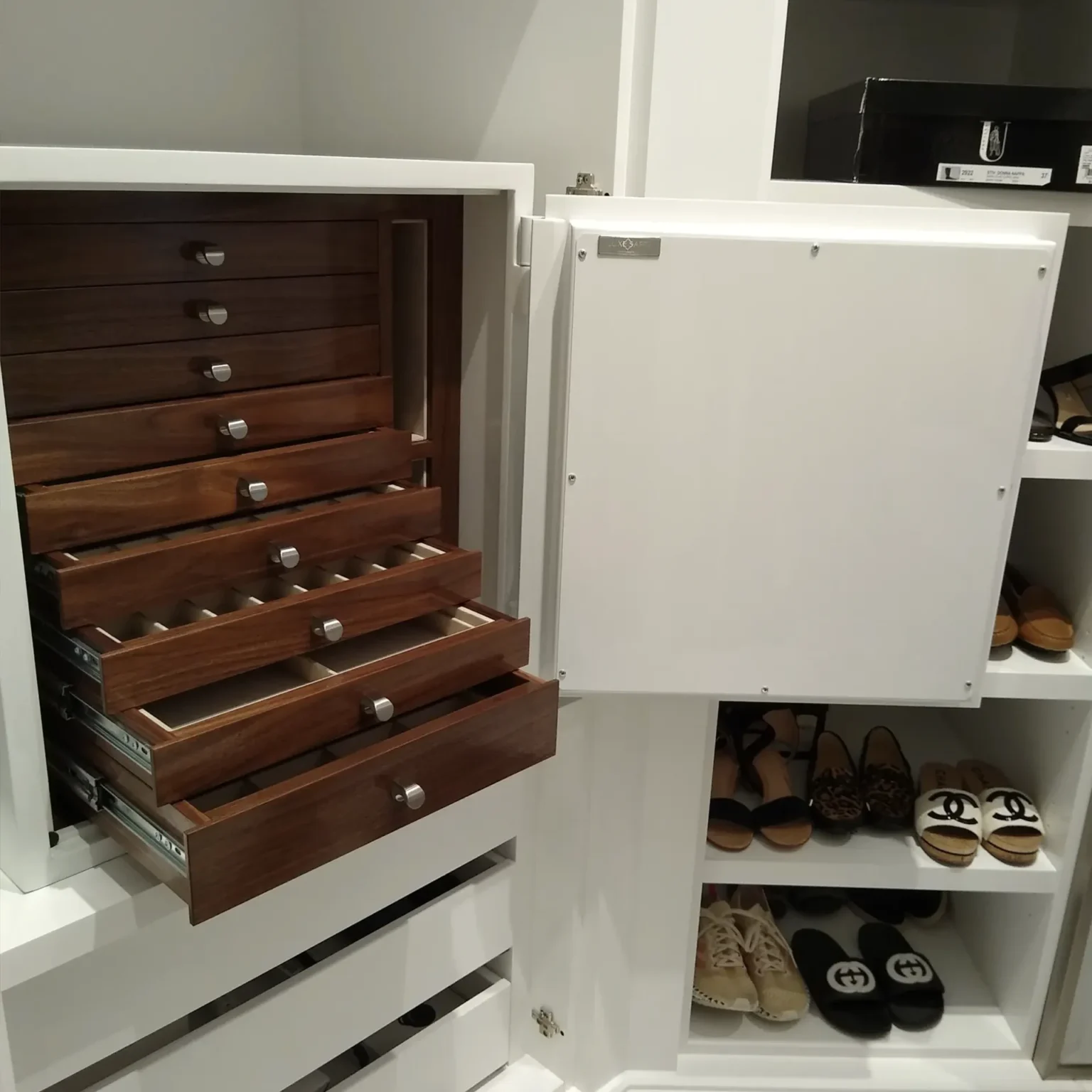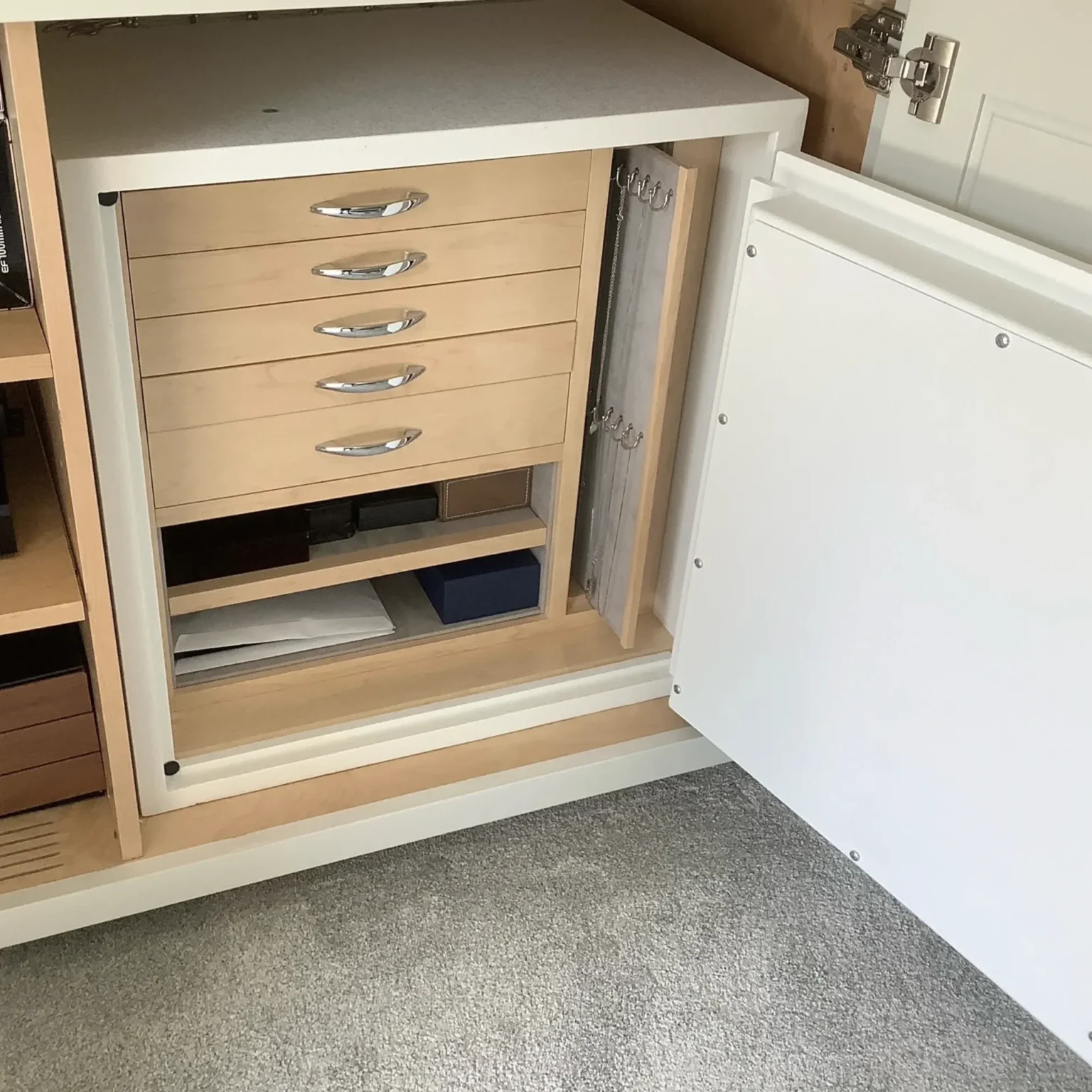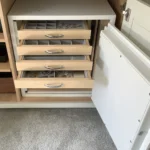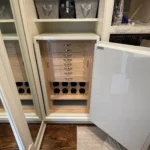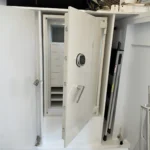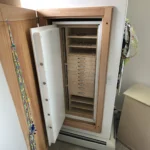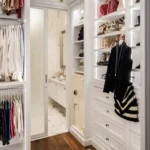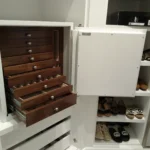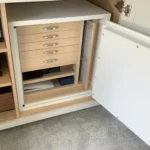The Question Behind the Investment
If you’re considering buying a jewelry safe, chances are you’ve already asked yourself the big question:
“Are they actually secure?”
It’s a fair concern. After all, jewelry safes are meant to protect some of the most valuable—and personally significant—items you own. And with a wide range of safes on the market, from $200 home models to $10,000 custom builds, it’s not always clear what you’re really getting in terms of security.
This article breaks down exactly how secure jewelry safes are (and aren’t), what makes one truly effective, and how to evaluate the protection you’re actually buying.
The Short Answer: Not All Safes Are Created Equal
Some jewelry safes are highly secure—resistant to fire, forced entry, and even sophisticated tool attacks. Others? They may be little more than a heavy lockbox.
The difference comes down to three factors:
- Build quality and certification
- Type of security threats
- How and where the safe is installed
If you want a safe that actually performs under pressure, you need to understand how these factors interact.
What Real “Security” Looks Like in a Jewelry Safe
1. Burglary Ratings: UL Certification Matters
The gold standard for safe testing in the U.S. is UL (Underwriters Laboratories).
Here’s what their key burglary ratings mean:
- RSC (Residential Security Container): Resists attack for 5 minutes using basic tools like screwdrivers, pry bars, hammers. Minimum viable protection.
- TL-15: Resists professional-level attacks for 15 minutes with power tools, drills, and cutting wheels. Serious protection for high-value jewelry.
- TL-30: Same as TL-15 but rated to withstand 30 minutes of sustained attack. Often used in commercial or ultra-high-value home installs.
Bottom line: If a safe doesn’t have one of these ratings, it’s not guaranteed to stop a determined intruder.
Tailor Designed to Match Your Requirements
Fully Custom Jewelry Safes: Any size. Any color. Any interior. Configure drawers for rings, watches, necklaces, and more. Designed to seamlessly fit your home’s style and space. From bold, high-gloss finishes to hidden-in-plain-sight installations, your jewelry safe will be one of a kind—crafted by our expert team to reflect your taste and meet your specific security goals.
get a quote2. Fire Ratings: Often Overlooked, Always Critical
A large portion of jewelry loss comes from fire damage—not theft.
Look for safes rated by UL or ETL with:
- Class 350 1-hour or 2-hour fire rating
- Interior stays under 350°F even if external temps hit 1700°F
Many safes advertised as “fireproof” don’t actually meet these standards—read the specs carefully.
3. Body Construction: Thickness, Material, and Weight
Here’s how to quickly assess a safe’s physical strength:
| Component | What to Look For |
|---|---|
| Door | Minimum ½” solid steel or 1″ composite |
| Body walls | Reinforced steel, minimum 10–12 gauge |
| Locking bolts | Solid steel, at least 1″ thick |
| Weight | 300+ lbs for real security, or bolted down |
Thin-walled safes can be cut open in minutes. Weight deters removal. Bolting prevents carry-off theft.
4. Installation Makes or Breaks Security
A great safe, poorly installed, is a liability. Secure installation looks like:
- Bolted into concrete or reinforced studs
- Hidden from sight (closets, cabinetry, behind panels)
- Placed away from main entry points
- Not advertised — don’t make it the focal point of the room
LuxeSafes always includes professional install guidance or white-glove placement to avoid these common oversights.
The Most Common Vulnerabilities (and How to Avoid Them)
- Vulnerability #1: Cheap Safes with No Rating
Solution: Only buy from reputable safe manufacturers with published UL or equivalent certifications. - Vulnerability #2: Safe is visible and unanchored
Solution: Install it inside cabinetry, bolt it down, and avoid advertising its location. - Vulnerability #3: Access codes aren’t updated or are shared
Solution: Choose a safe with programmable or biometric access, and limit control to trusted individuals. Reset credentials regularly.
How Secure Is a Safe Really Compared to Other Options?
| Storage Option | Security Rating | Use Case |
|---|---|---|
| Nightstand drawer | Low | Zero real protection |
| Wall safe (non-rated) | Low–Medium | Concealed, but easy to cut or pry |
| Safe deposit box | High physical security | Good for long-term storage, not daily use |
| UL TL-15 home safe | High | Best for accessible, secure daily storage |
A properly rated home jewelry safe bridges accessibility and real-world protection. It’s the best balance for those with actively used, high-value collections.
When Is a Jewelry Safe “Secure Enough”?
That depends on your:
- Collection value
- Insurance requirements
- Location (home, condo, vacation property)
- Who needs access (just you, or family/staff too)
For most homeowners with $10K+ in jewelry, we recommend:
- Minimum UL RSC rating
- Fire protection of 1 hour minimum
- Bolted installation
- At least 4–6 drawers for organization and expansion
If your collection exceeds six figures or includes heirlooms, TL-rated options are worth the investment.
FAQs
Can jewelry safes actually stop a professional thief?
TL-rated safes (TL-15 or TL-30) are designed and tested to do just that—resist power tool attacks for 15 to 30 minutes. In real-world terms, that’s often enough to deter or delay even skilled intruders, especially when installed out of sight.
Are fireproof safes also theft-proof?
Not necessarily. Many fireproof safes focus on insulation, not burglary resistance. Look for dual-rated safes that handle both threats effectively.
Should I still get a safe if I already have insurance?
Absolutely. Insurance helps after the fact. A safe helps you avoid the loss entirely—and may reduce premiums or help you qualify for better coverage.
What’s the weakest point on a jewelry safe?
Usually the door or hinge assembly on cheap or non-rated safes. That’s why bolt thickness, hinge protection, and UL certifications are so important.

